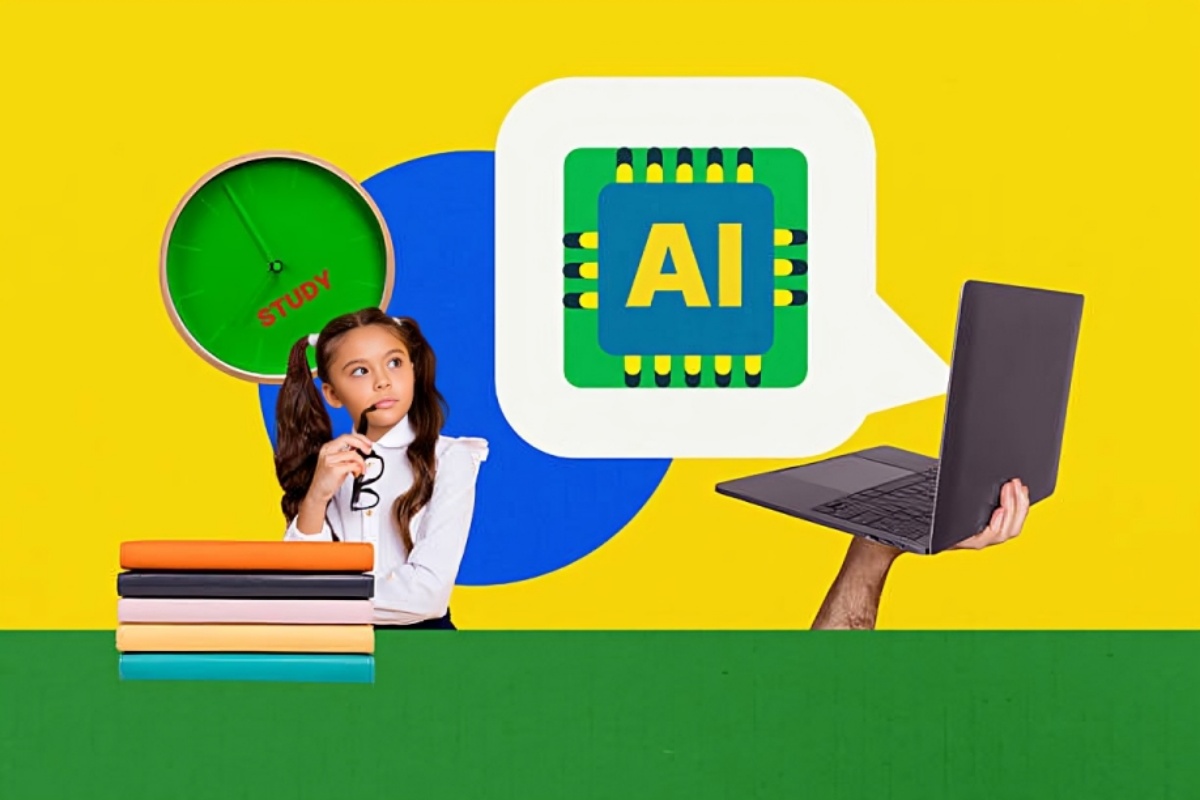Introduction
Imagine a classroom where every student learns at their own pace, follows a personalized curriculum tailored to their strengths and weaknesses, and receives real-time feedback like a private tutor would offer. This is not a vision of the distant future—it is happening now, thanks to Artificial Intelligence (AI). Personalized learning, once an idealistic concept, is rapidly becoming a practical reality powered by cutting-edge AI technologies. In this blog, we’ll explore how AI is transforming education by personalizing learning experiences, what tools and techniques are driving this transformation, and what the future holds for learners, educators, and educational institutions.
What Is Personalized Learning?
Personalized learning is an educational approach that aims to customize learning experiences to meet the individual needs, preferences, and learning styles of each student. Rather than adopting a one-size-fits-all curriculum, personalized learning leverages data and adaptive technology to create tailored paths for students. The goal is to maximize student engagement, retention, and overall success.
Key Components of Personalized Learning:
- Learner Profiles: Data-driven insights about a student’s strengths, weaknesses, and preferences.
- Customized Learning Paths: Individual learning goals and progression plans.
- Flexible Learning Environments: Both online and offline resources tailored to the learner.
- Ongoing Assessment: Real-time feedback and continuous evaluation.
The Role of AI in Personalized Learning
AI enhances every aspect of personalized learning by making it more scalable, efficient, and effective. Here’s how:
1. Adaptive Learning Platforms
AI-powered adaptive learning systems use algorithms to adjust content difficulty and format based on a learner’s performance. Platforms like DreamBox (for math) and Knewton (for college-level subjects) analyze student interactions in real-time and personalize content accordingly.
Benefits:
- Keeps students challenged but not overwhelmed.
- Provides instant remediation for learning gaps.
- Encourages mastery-based progression.
2. Intelligent Tutoring Systems (ITS)
Intelligent tutoring systems simulate the experience of having a personal tutor. These AI systems can interpret student input, provide step-by-step guidance, and even adjust instructional strategies in real-time.
Examples:
- Carnegie Learning for math instruction.
- Squirrel AI, which adapts to Chinese students’ learning styles and needs.
Benefits:
- Immediate and context-aware feedback.
- Reduces dependence on teacher availability.
- Increases learner confidence and motivation.
3. Natural Language Processing (NLP)
AI systems powered by NLP can understand and respond to human language, making them perfect for applications like language learning, reading comprehension, and essay evaluation.
Applications:
- Duolingo uses NLP for interactive language practice.
- Grammarly provides AI-driven writing assistance.
- Turnitin uses AI for plagiarism detection and feedback.
4. Data-Driven Insights for Educators
AI not only helps learners directly but also empowers educators with actionable insights. By analyzing vast amounts of performance data, AI can identify trends, at-risk students, and successful teaching methods.
Teacher Benefits:
- Targeted intervention strategies.
- More time for creative and high-value tasks.
- Better student-teacher relationships.
5. Chatbots and Virtual Assistants
AI chatbots can act as round-the-clock learning assistants, answering queries, offering study tips, and guiding students through course material.
Example:
- ChatGPT as a learning companion for writing, coding, and research.
Benefits:
- Increases learning accessibility.
- Encourages independent learning habits.
Case Studies: AI in Action
1. AltSchool (USA)
AltSchool combines AI, data analytics, and flexible curriculum design to offer fully personalized learning experiences. Their platform gathers data from students’ work, social interactions, and teacher observations to refine educational strategies.
2. Squirrel AI (China)
A pioneer in AI-powered education, Squirrel AI uses machine learning to pinpoint knowledge gaps with 90%+ accuracy. Their adaptive system allows students to move on only when they’ve mastered a concept, significantly improving learning efficiency.
Challenges and Ethical Considerations
While the promise of AI in personalized learning is tremendous, there are real challenges to address:
1. Data Privacy and Security
Collecting sensitive student data requires robust data protection policies and transparency.
2. Equity and Access
AI tools must be accessible to all learners, not just those in wealthy districts or countries.
3. Bias in AI Algorithms
AI systems can unintentionally reinforce biases present in their training data. Fairness must be a top priority in edtech design.
4. Over-Reliance on Technology
Balancing AI-driven learning with human connection and critical thinking is essential for holistic education.
The Future of AI-Powered Learning
As AI continues to evolve, its integration into education will become more seamless and powerful:
- Emotion AI will detect and respond to student engagement levels and frustration.
- AI-Driven Curriculum Design will create dynamic syllabi based on class performance.
- VR and AR with AI will create immersive, interactive learning experiences.
- Global Learning Platforms will offer personalized education to underserved regions via low-bandwidth AI tools.
Conclusion
AI is not just enhancing personalized learning—it is redefining the entire educational experience. From adaptive platforms to intelligent tutors, from NLP-driven writing help to predictive analytics for educators, AI is turning the dream of individualized education into a scalable and accessible reality.
While challenges remain, the trajectory is clear: the future of education is smart, data-informed, and deeply personal. As we continue to integrate AI ethically and inclusively, we edge closer to a world where every learner, regardless of background or ability, gets the education they truly deserve.
Final Thoughts
Educators, students, and developers must collaborate to shape the AI-powered learning ecosystems of tomorrow. With thoughtful implementation and a learner-first approach, AI can empower not just academic success but lifelong curiosity and growth.

